Herb Garden Zone 5 Suggestions
JenWestie
18 years ago
Related Stories
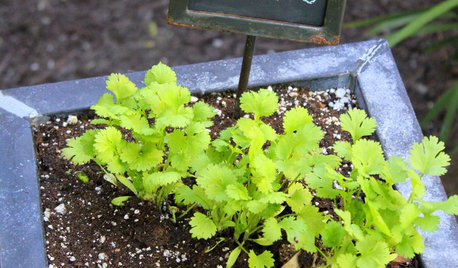
GARDENING GUIDESHerb Garden Essentials: Versatile Cilantro Adds Flavor to Herb Gardens
Love it or hate it, this cool-season herb contributes its unique flavor to any number or the world’s cuisines
Full Story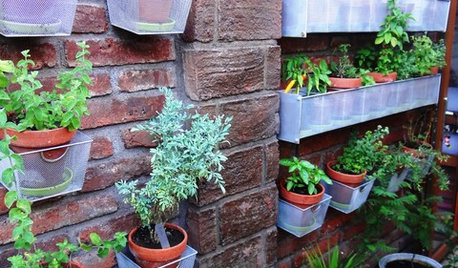
GARDENING GUIDES9 Fresh Herbs for Crowd-Pleasing Thanksgiving Dishes
Pluck these herbs from a windowsill pot or a garden for a Thanksgiving meal that sings with fresh flavor
Full Story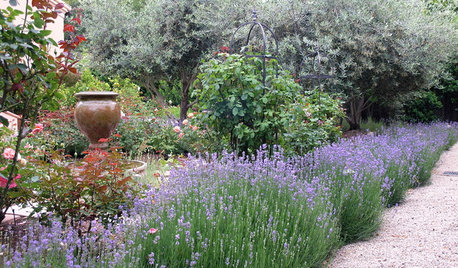
FLOWERSHerb Garden Essentials: Grow Your Own Fragrant Lavender
This do-it-all plant is ideal for almost any garden, and its uses are abundant around the home
Full Story
EDIBLE GARDENS12 Essential Herbs for Your Edible Garden
Make home cooking and drinks even better with herbs plucked from your own backyard or windowsill pot
Full Story
KIDS’ SPACES5 Ideas for a Great Home Learning Zone
Get your child off to a good start this school year with homework areas and strategies that reduce the frenzy
Full Story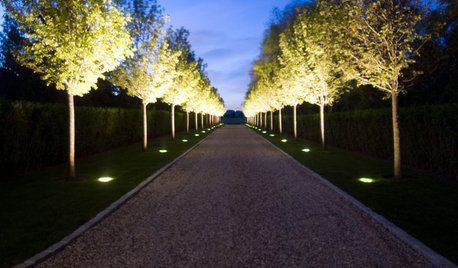
LANDSCAPE DESIGN6 Suggestions for Harmonious Hardscaping
Help a sidewalk, driveway or path flow with your garden design, for a cohesive and pleasing look
Full Story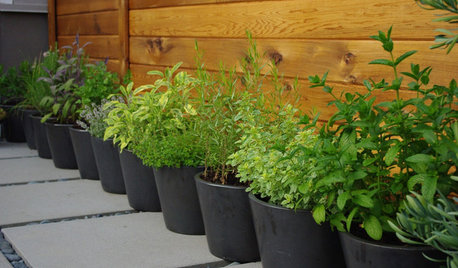
GARDENING GUIDES4 Herb Container Gardens for Fabulous Global Cuisine
Tingle your taste buds with the unbeatable taste of fresh herbs in your Italian, Asian, Mexican or French fare
Full Story
SUMMER GARDENINGHow to Grow Basil
Bright color, quick growth and endless uses for cooking make this summer annual a winner in the garden or a pot
Full Story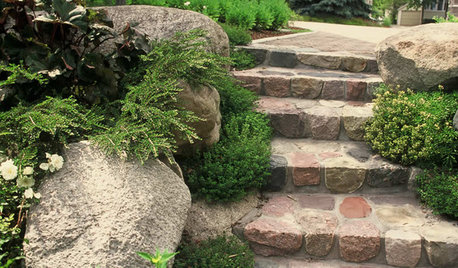
EDIBLE GARDENSHerb Garden Essentials: How to Grow Thyme
Common thyme and its flavorful cousins are anything but ordinary in the garden
Full Story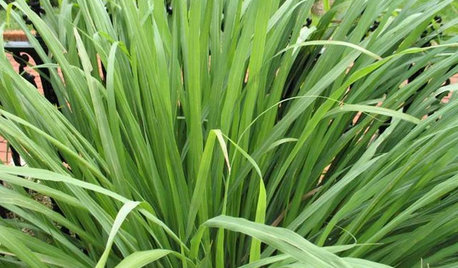
HERBSHerb Garden Essentials: Grow Your Own Zesty Lemongrass
Add lemony goodness to cooking and tropical flavor to your yard with this grass-like herb native to Southeast Asia
Full Story









teryaki
JenWestieOriginal Author
Related Professionals
Parole Landscape Architects & Landscape Designers · South Orange Landscape Architects & Landscape Designers · Wheeling Landscape Architects & Landscape Designers · Roxbury Crossing Landscape Architects & Landscape Designers · Deerfield Beach Landscape Contractors · Haverhill Landscape Contractors · Hurricane Landscape Contractors · Soddy Daisy Landscape Contractors · Wailuku Landscape Contractors · Watertown Landscape Contractors · West Palm Beach Landscape Contractors · Forest Hill Landscape Contractors · Albany Roofing & Gutters · Omaha Roofing & Gutters · Schenectady Roofing & Guttersfrancescod
herbalbetty
rustiksandkandles
makalu_gw
teryaki
JenWestieOriginal Author
teryaki
JenWestieOriginal Author
teryaki
tucker303
aunt_millie
stargazer_1118
JenWestieOriginal Author
aunt_millie
rye1990
ksrogers
flora_uk
fatamorgana2121
griffinjanna_yahoo_com
eibren
eibren